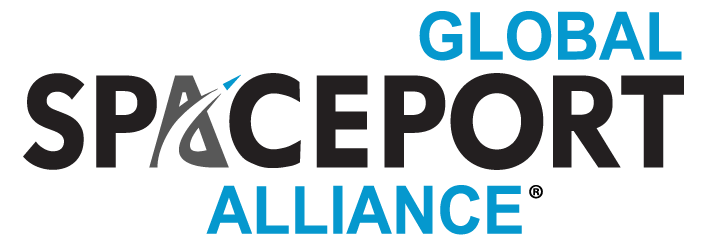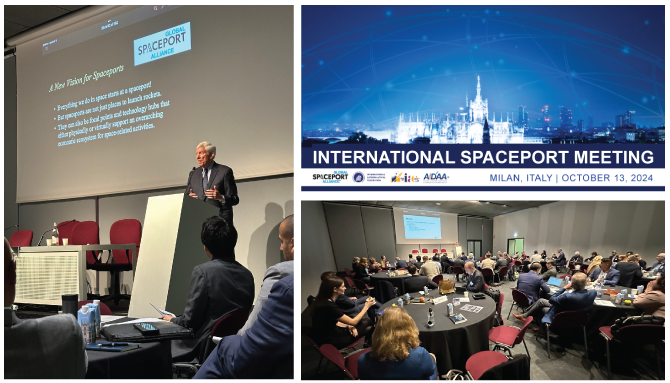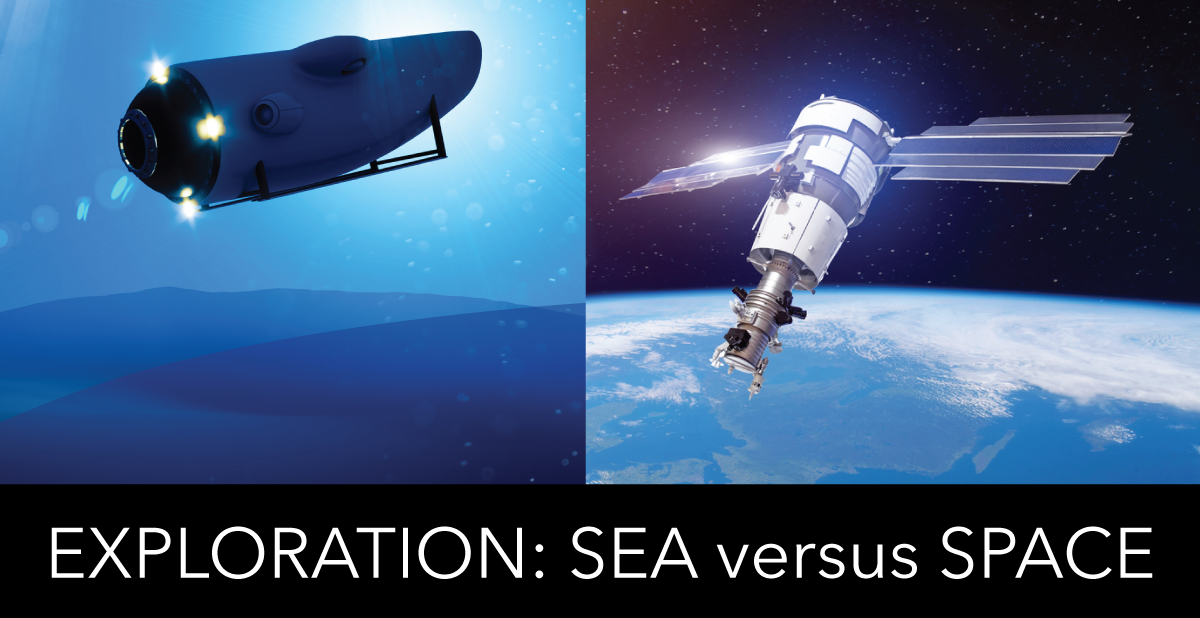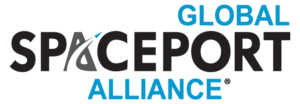Advancing Spaceport Innovation and Economic Growth Through Worldwide Collaboration
On October 13, 2024, the Federal Aviation Administration (FAA) Office of Commercial Space Transportation, in collaboration with the Global Spaceport Alliance (GSA), hosted the inaugural International Spaceport Meeting, held on the eve of the International Astronautical Congress (IAC) 2024 in Milan, Italy. The meeting brought together spaceport operators and regulatory officials from over 20 countries, marking a pivotal moment for the global spaceport industry.
In a deliberate effort to promote global collaboration, the FAA and GSA invited participants from over 20 countries. This exclusive gathering was instrumental in enabling dialogue in support of worldwide cooperation in space transportation.
The event gathered representatives from spaceports, space agencies, and regulatory authorities to address key topics shaping the future of spaceport development and commercial space transportation:
- Economic Impact of Spaceports
- Spaceport Regulations (current and future)
- Spaceport Cooperation
- Operations and Infrastructure
- National Spaceport Interagency Working Group update
- Critical Infrastructure
- Innovative Spaceport Uses
- Reducing Duplication and Recognition
- Streamlining Licensing
- Bilateral Commercial Space Transportation Agreements
- Airspace Integration
“Based on the success of this meeting, GSA plans to continue the conversation at the GSA Spaceport Summit. GSA will continue to lead the discussion.” said Dr. George Nield, GSA Chairman. During the meeting, Dr. Nield presented a New Vision for Spaceports, highlighting innovations and strategies to position spaceports as central technology hubs that support a broader economic ecosystem for space-related activities, both physically and virtually. His vision emphasized the importance of developing spaceports not only as launch facilities but as dynamic engines for local and global economic growth.
Dr. Nield’s presentation extended the focus on empowering and supporting spaceports through economic development and community engagement. “Building an Economic Powerhouse Around Your Spaceport” is the theme for the upcoming GSA Spaceport Summit, where discussions will center on innovative strategies to grow the spaceport ecosystem. Through events, webinars, legislative initiatives, and Advisory Groups, GSA remains dedicated to empowering spaceports and ensuring their pivotal role in the global space industry’s future.
GSA Member Initiatives Shine Bright
The GSA takes pride in the proactive efforts of its members, who are at the forefront of advancing the spaceport industry. GSA member Merrick & Company sponsored the luncheon offering a chance for participants to continue the discussion throughout the day.
Two GSA members, Space Centre Australia and the Virginia Commercial Space Flight Authority have been spearheading an initiative to foster greater international cooperation among spaceports. These efforts culminated in the signing of a Memorandum of Understanding (MOU) immediately following the International Spaceport Meeting, with eight commercial spaceports from across five continents (all GSA members) agreeing to explore future collaboration.
MOU Signatories: A Global Commitment
The following GSA members were the inaugural signatories to the MOU:
- Esrange Space Center, Swedish Space Corporation (Sweden)
- Hokkaido Spaceport, SPACE COTAN Co., Ltd. (Japan)
- Virginia Commercial Space Flight Authority (USA)
- Pacific Spaceport Complex-Alaska, Alaska Aerospace Corporation (USA)
- SaxaVord Spaceport (Scotland, United Kingdom)
- Space Centre Australia (Australia)
- Stargate Peru S.A.C. (Peru)
- Sutherland Spaceport, Orbital Express Launch Limited (Scotland, United Kingdom)
The MOU aims to strengthen global access to space, enhance affordability, and create opportunities for technological innovation through shared efforts. These discussions will contribute significantly to the growth and sustainability of the commercial space sector.
Looking Ahead
The International Spaceport Meeting underscored the importance of global dialogue in advancing the spaceport industry. With exciting initiatives underway and new partnerships being forged, GSA looks forward to continuing the conversation at the GSA Spaceport Summit and other GSA events, providing a strong forum for the expansion of international cooperation within the spaceport community.
Join us for the GSA Spaceport Summit on January 27 in Orlando, Florida. For more information and to register, please visit GlobalSpaceportAlliance.com.
ABOUT GLOBAL SPACEPORT ALLIANCE
Established in 2015, the Global Spaceport Alliance has become the largest network of spaceports in the world. Members include spaceport operators, suppliers, and government and academic entities involved in the commercial space sector. GSA offers members timely access to information, the ability to engage with key decision makers, and the opportunity to participate in working groups targeting specific areas of interest to the spaceport ecosystem.



